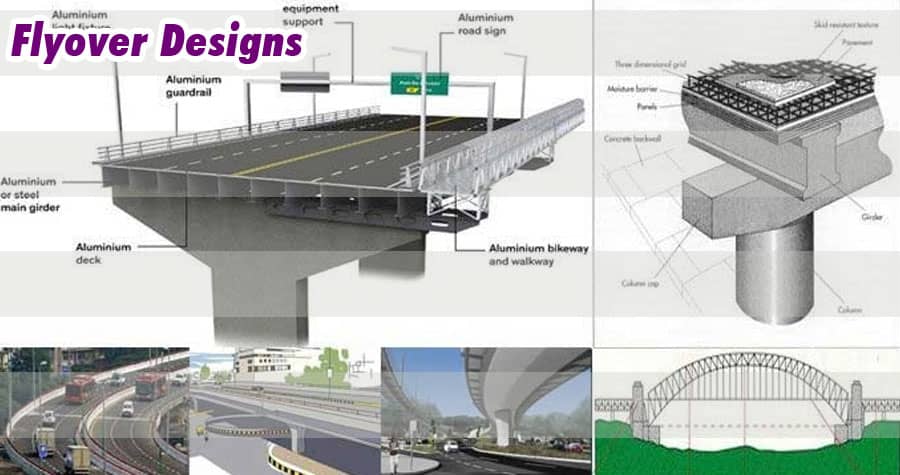Mastering Flyover Designs and Construction Techniques

In the realm of modern infrastructure development, flyovers stand as iconic symbols of urban progress and connectivity. These elevated roadways not only alleviate traffic congestion but also exemplify engineering marvels that seamlessly integrate into the urban landscape.
Understanding Flyovers: An Overview
Flyovers, also known as overpasses or viaducts, are elevated roadways designed to facilitate smooth traffic flow by bypassing intersections or congested areas. These structures typically consist of multiple lanes for uninterrupted movement and are characterized by their elevated position above ground level.
Importance of Flyovers
Flyovers play a pivotal role in modern urban planning by:
- Alleviating Traffic Congestion: By providing alternate routes, flyovers reduce congestion at key junctions, thereby enhancing overall traffic efficiency.
- Enhancing Safety: Separating intersecting traffic streams minimizes the risk of collisions, contributing to road safety.
- Improving Connectivity: Flyovers connect disparate parts of a city or region, fostering better accessibility and connectivity for commuters and businesses alike.
Designing Flyovers: Key Considerations
Designing a flyover demands meticulous planning and engineering expertise to ensure structural integrity, functionality, and aesthetic appeal. Several key considerations influence the design process:
- Traffic Analysis: Before embarking on the design phase, we conduct comprehensive traffic analyses to understand traffic patterns, volumes, and peak hours. This data informs decisions regarding lane width, curve radii, and overall capacity to accommodate anticipated traffic loads.
- Structural Engineering: The structural integrity of a flyover is paramount to its longevity and safety. Engineers employ advanced modeling and simulation techniques to design robust structures capable of withstanding dynamic loads, such as vehicular traffic and environmental factors like wind and seismic activity.
- Aesthetic Integration: While functionality is paramount, flyovers also serve as architectural landmarks within urban landscapes. We strive to integrate aesthetically pleasing elements into the design, blending form with function to create visually appealing structures that enhance the cityscape.
Construction Methods: From Blueprint to Reality
Constructing a flyover involves a series of meticulously orchestrated steps, from site preparation to final completion. Each phase demands precision, coordination, and adherence to strict safety protocols.
- Site Preparation: The construction process begins with site preparation, including land acquisition, clearing, and leveling. We assess the terrain and soil conditions to inform foundation design and construction methods.
- Foundation Construction: The foundation serves as the backbone of the structure, providing stability and support. Depending on soil conditions and site-specific factors, foundations may be constructed using techniques such as pile driving, drilled shafts, or raft foundations.
- Superstructure Erection: Once the foundation is in place, the superstructure—the elevated roadway itself—is constructed. This phase involves erecting structural elements such as columns, girders, and deck slabs, often using cranes and specialized lifting equipment.
- Finishing Touches: With the superstructure in place, we focus on finishing touches, including road surfacing, signage installation, and landscaping. Attention to detail is crucial to ensure the flyover meets safety standards and aesthetic expectations.
Future Trends and Innovations
As urbanization continues to accelerate and infrastructure demands evolve, we anticipate several trends and innovations shaping the future of flyover design and construction:
- Smart Infrastructure: Integration of smart technologies, such as sensors and real-time traffic monitoring systems, to optimize traffic flow and enhance safety.
- Sustainable Design: Embracing sustainable materials and construction practices to minimize environmental impact and promote eco-friendly urban development.
- Multi-modal Integration: Designing flyovers to accommodate diverse modes of transportation, including bicycles, pedestrians, and public transit, to promote multimodal connectivity.
In conclusion, flyovers represent not only feats of engineering prowess but also symbols of urban progress and connectivity. By understanding the intricacies of flyover designs and construction methods, we can continue to innovate and evolve, shaping the cities of tomorrow.
